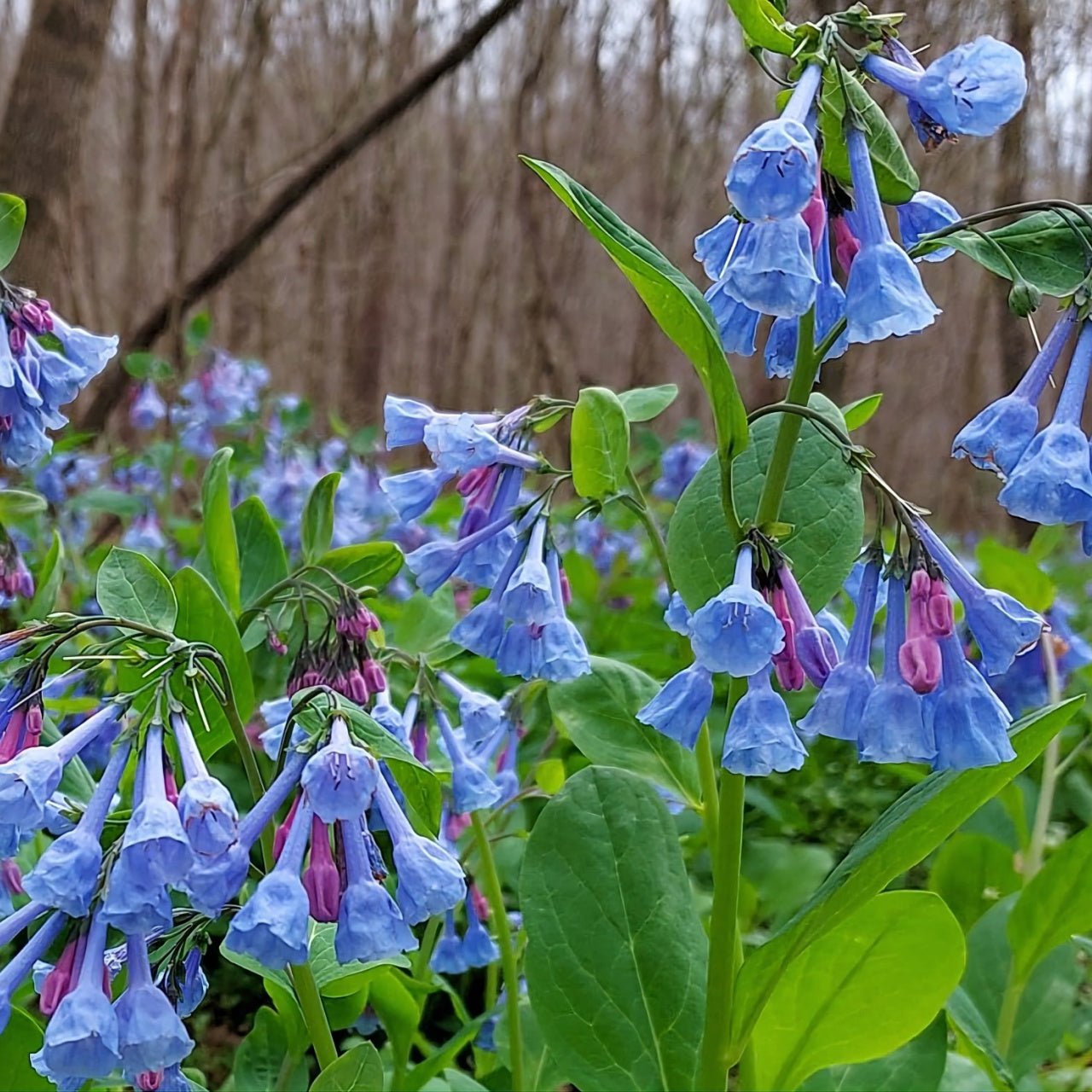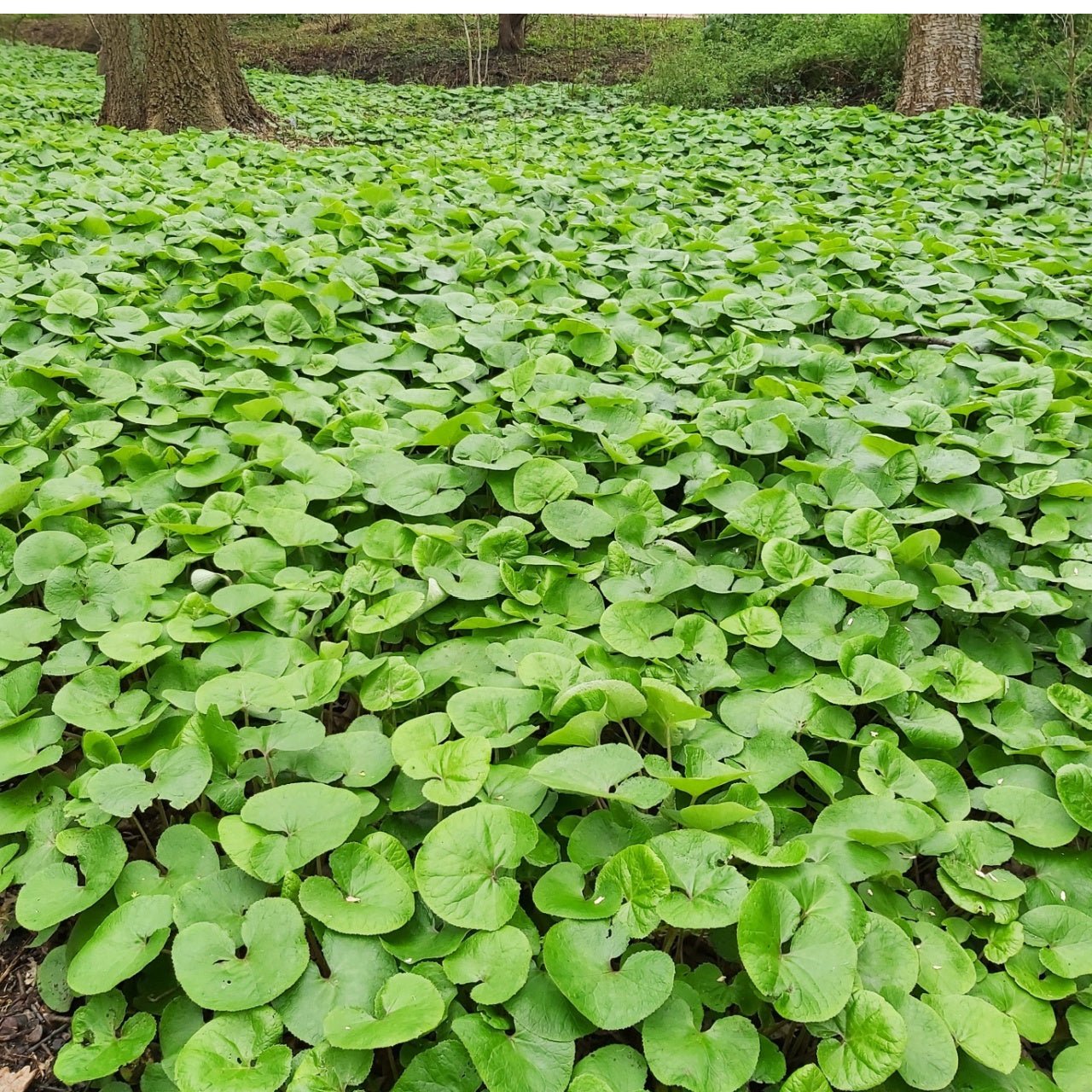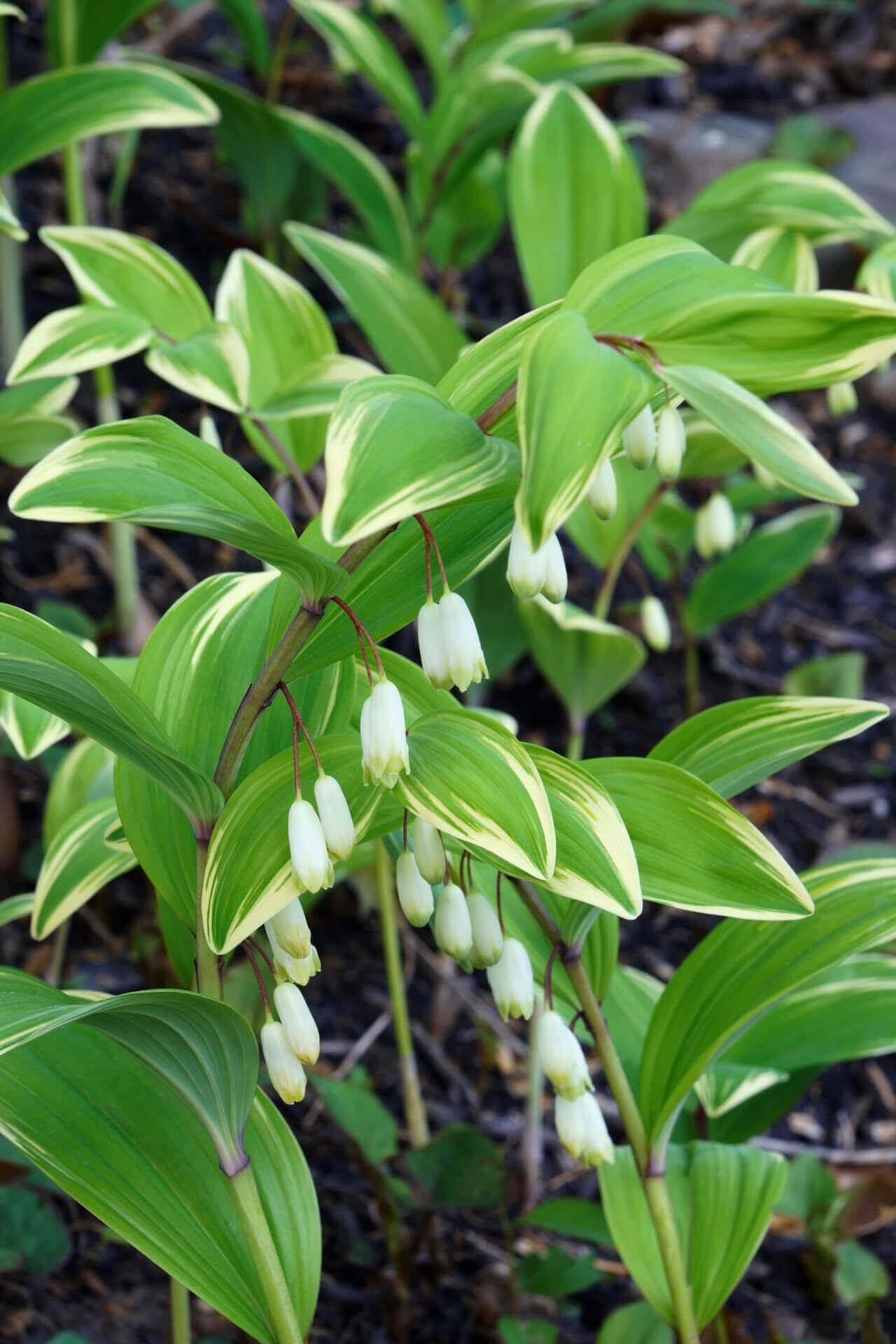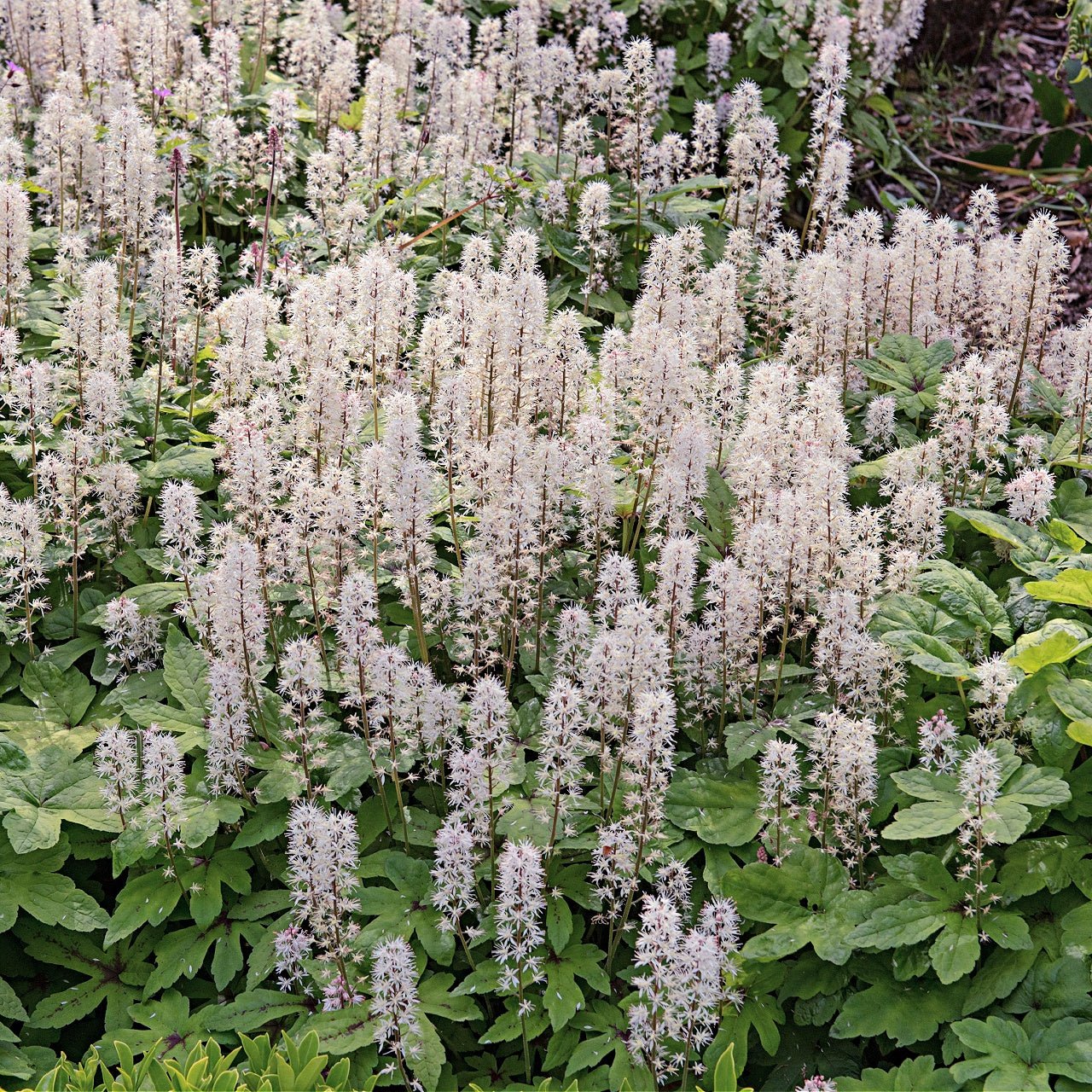Perennials That Flourish Where the Sun Doesn’t Shine
Gardens beneath tall trees or surrounded by sun-blocking structures might give the impression that they cannot produce colorful flowers. A wide selection of perennial plants performs well in shaded areas because they are native species that adapt better to local conditions, thereby supporting pollinators while needing minimal maintenance. Shade doesn’t mean dull—far from it. The correct choice of perennial plants allows even the least lit areas of your garden to exhibit vibrant life and color throughout multiple seasons.
Gardeners can transform woodlands, under-canopy beds, and north-facing borders into beautiful spaces with the help of shade-tolerant perennials. These plants flourish with abundant blooms and fascinating foliage while demonstrating increased strength with each annual return. These perennials serve crucial functions to sustain native bees and butterflies while providing scenic beauty for wildlife.
Native Shade-Loving Perennials to Anchor Your Garden
Selecting native perennial flowers is one of the most effective methods for cultivating a healthy garden that flourishes. Plants adapted to local conditions require minimal fertilizer and water maintenance while thriving with minimal care. These native perennials perform exceptionally well in shaded areas.
1. Virginia Bluebells (Mertensia virginica)
The spring-blooming Virginia Bluebells produce clusters of bell-shaped flowers that progress from pink to sky blue as they reach full maturity. Virginia bluebells establish themselves effortlessly in moist woodland areas with plenty of shade and attract pollinators during early spring.
2. Wild Ginger (Asarum canadense)
The thick ground cover wild ginger thrives in damp, shady areas due to its lush leaves that resemble hearts. People who look closely discover maroon flowers hidden beneath the leaves as a delightful surprise.
3. Solomon’s Seal (Polygonatum biflorum)
This native perennial displays graceful arching stems with dangling white blooms during the spring season making it a distinctive plant. Woodland gardens benefit from this plant as it grows more impressive annually while providing height and elegance to shaded areas.
4. Foamflower (Tiarella cordifolia)
Native ground cover Foamflower delights gardeners each spring with its delicate white feathery flowers. Its lobed leaves with occasional speckles maintain visual interest throughout all seasons. This plant creates a harmonious visual effect when combined with ferns and typical forest floor plants.
5. Trillium (Trillium grandiflorum)
Trillium thrives as a classic shade plant. Its three-petaled white flowers remain vibrant for multiple weeks during early spring. Although trilliums develop slowly, they bring enduring elegance to wooded garden spaces.
Native plants combine beauty with ease of maintenance while offering essential habitat and nectar resources to local insects and pollinators.
Designing a Low-Light Garden That Comes Back Year After Year
To develop a prosperous shade perennial garden one must consider plant textures alongside their flowering periods and proper layering techniques. Plant structural ferns or large-leaf hostas first followed by colorful flowering species such as bleeding hearts and woodland phlox. Native ground covers such as wild ginger or Foamflower can suppress weed and retain moisture as accents.
These few tips will help your shade garden reach its full potential:
Layer thoughtfully: Pair low-growing native plants such as partridge berry or wild violets with taller perennials like goat’s beard or Jacob’s ladder.
Choose different bloom times: To maintain your garden's appeal, plant early-blooming Virginia bluebells alongside late-season white wood asters.
Mind the soil: Most shade-loving perennial plants thrive in rich, well-drained soil that remains moist to resemble a natural woodland floor.
Remember foliage: Many plants possess beauty without the need for flowering. Ferns, hostas, and native sedges create visual interest through their foliage even though they do not produce flowers.
Building a shade garden with native perennial plants goes beyond creating an attractive view because you create a functioning ecosystem. These plants provide nesting materials and support beneficial insect populations while offering more than just aesthetic appeal. They establish ecological balance.
Shade Gardening with Confidence and Color
A bit of strategic planning together with the right shade-tolerant perennial flowers will transform the darkest areas of your landscape into lively and welcoming spaces. Virginia bluebells, wild ginger, and trillium function as well-adapted native perennials which provide both ecological benefits and aesthetic appeal. Gardeners who desire an attractive garden with little maintenance will find these plants ideal.
Don’t let bare shadows or a misconception that gardens require sunlight discourage you. Shade perennials offer a vast range of options to transform your garden completely. Select native plants and organize your garden in multiple layers so nature takes care of the growth. Your garden filled with shadows will become a vibrant space filled with unexpected elements and living organisms.
Read more
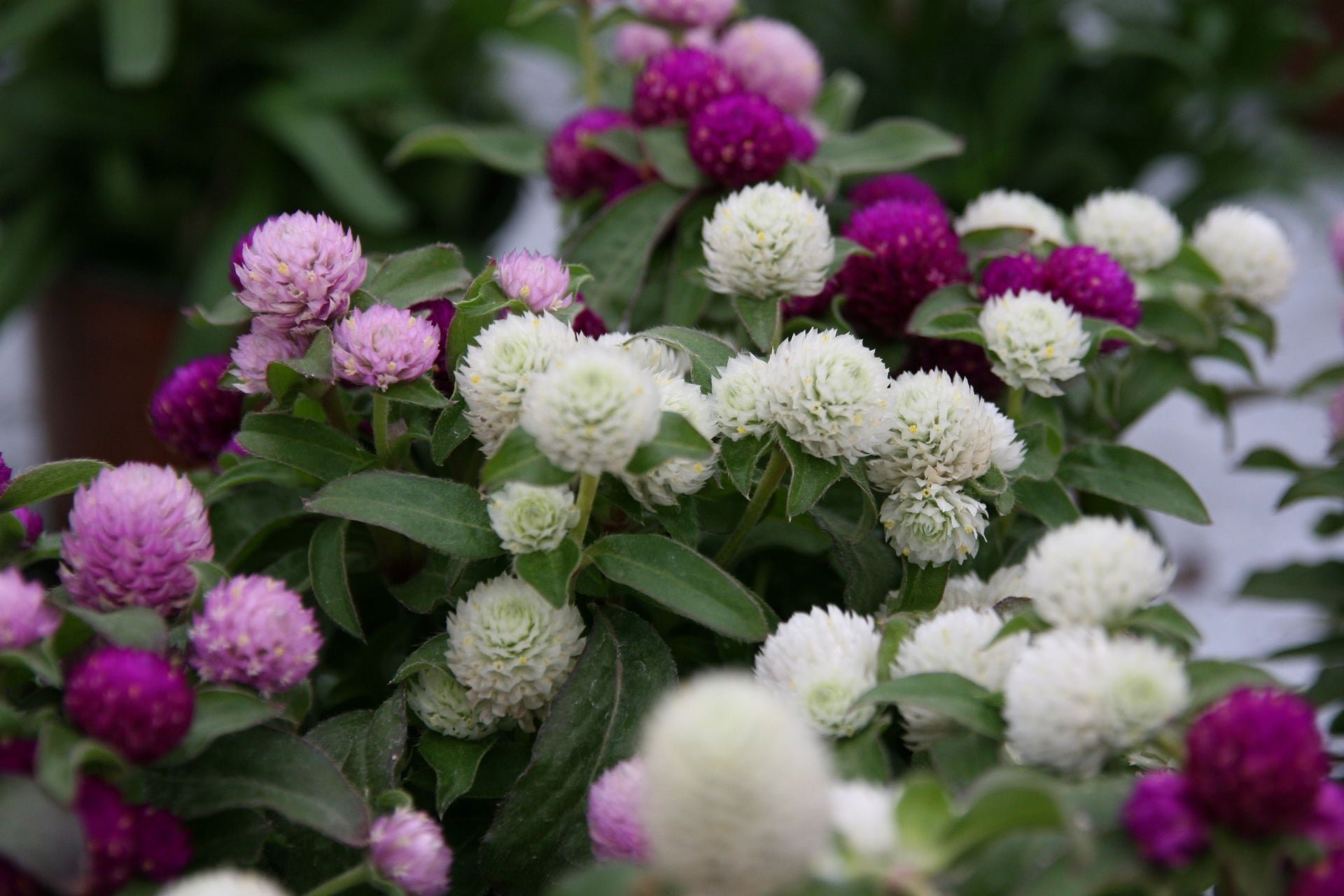
Gomphrena brings enduring beauty and environmental advantages whether you plant it as an annual or a perennial in your region. Gomphrena requires minimal care while providing vibrant color and outs...
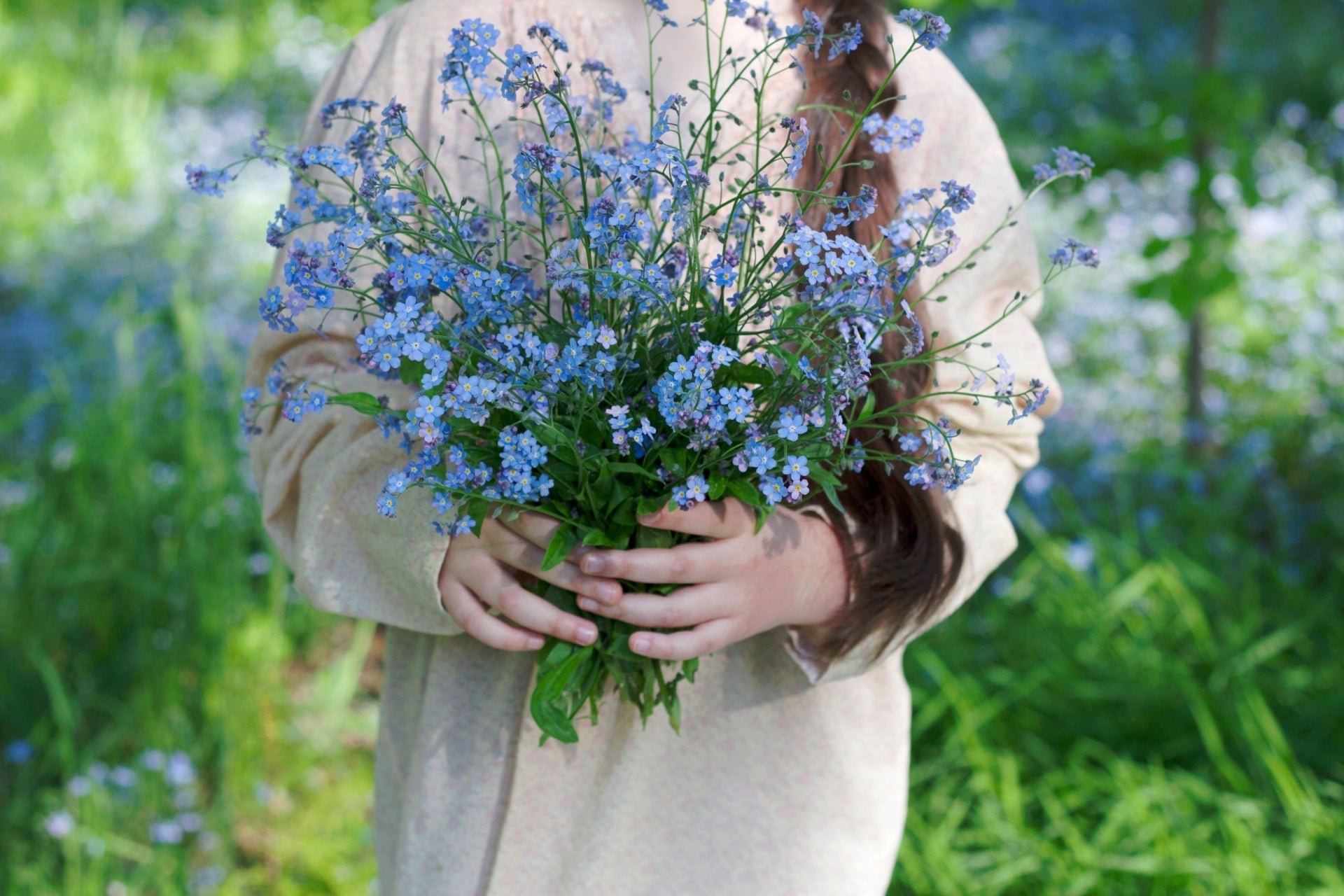
Forget-me-not flowers are cherished for their delicate blue blooms and symbolic meaning of remembrance. Easy to grow and pollinator-friendly, they thrive in moist, shaded areas and pair beautifully...



